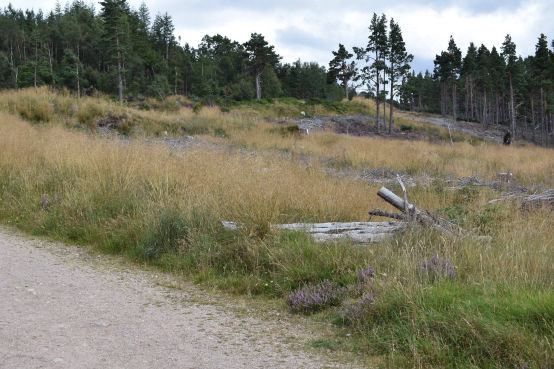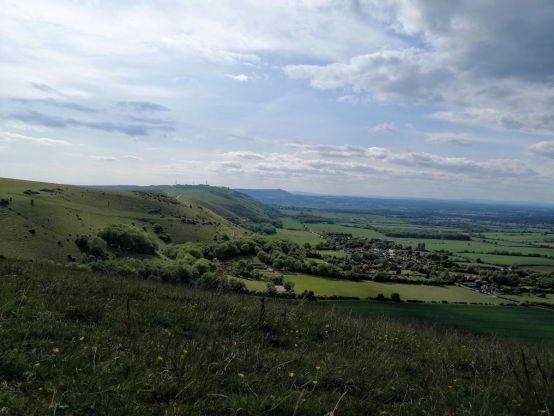
The South Downs National Park, an undulating green ribbon through southern England, is a mosaic of unique habitats, from chalk grasslands and ancient woodlands to lowland heaths and river valleys. While these areas provide crucial refuge for diverse wildlife, ongoing conservation is essential to maintain and restore their ecological vitality.
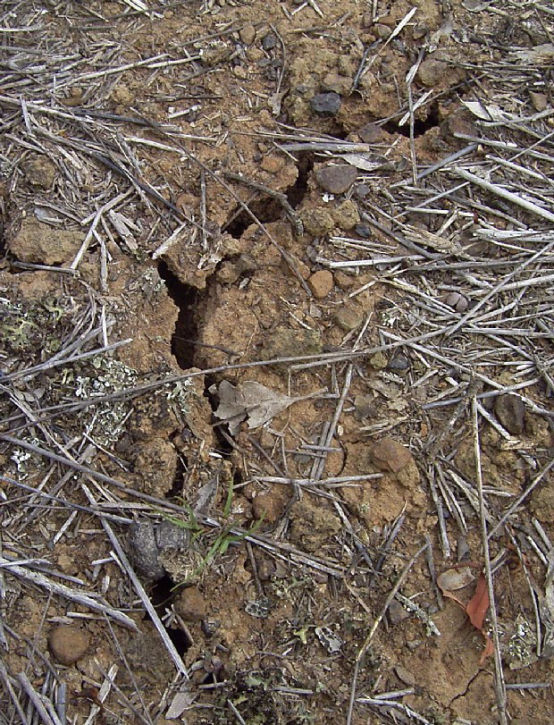
Patterns from dried earth and flood debris offer a fascinating lens through which to draw inspiration for garden design. By observing natural processes on any scale, from the intricate textures left by water and soil movement to the larger shifts in landscapes, we can reimagine these patterns and integrate them into garden layouts.
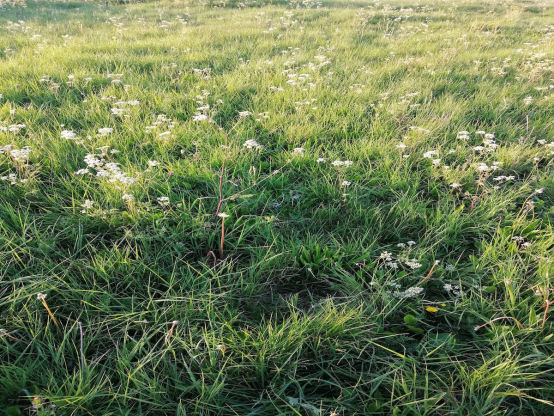
A grass meadow dotted with native flowers can serve as the perfect inspiration for matrix-style planting plans. By grouping similar plants into naturalistic communities, this approach mirrors the way native species naturally intermingle, creating dynamic and resilient landscapes.
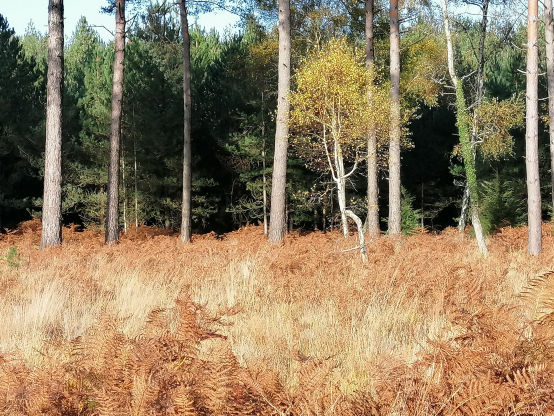
The transition from bracken and grasses into pine woodland highlights the natural progression of plant communities, where open fields give way to denser, shaded areas. This gradual shift can inspire garden designs that incorporate different layers and textures, creating zones that mimic natural ecosystems.
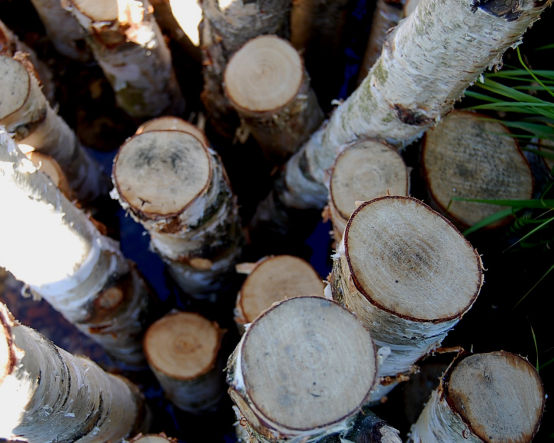
Birch stumps incorporated into a water feature in our Chelsea show garden demonstrate how dead wood and water can bring ecological benefits. Dead wood supports insects, providing shelter and a food source. Meanwhile, water elements attract diverse wildlife, from birds and amphibians to pollinators, transforming the garden into a thriving habitat.

The snaking path of the Box Hill road through the North Downs landscape showcases how clean lines or forms, regardless of scale, can bring a sense of order to natural surroundings. Whether through roads, pathways, or minimalist structures, these defined shapes offer a striking contrast to the organic curves of nature. This juxtaposition can be inspiring for garden design, where linear elements like borders, walls, or even plant groupings can accentuate the natural beauty and provide structure within a wild landscape.

The sea wall at Brighton Marina sweeping out to sea is a great example of how clean, defined structures can interact with natural elements. Just as a garden might incorporate walls, pathways, or hedges, these strong lines can serve as a counterpoint to the wildness around them. By introducing bold forms, even in small garden spaces, you can bring a sense of cohesion and highlight the contrast between the structured and the untamed, creating a dynamic interplay that enriches the overall design.
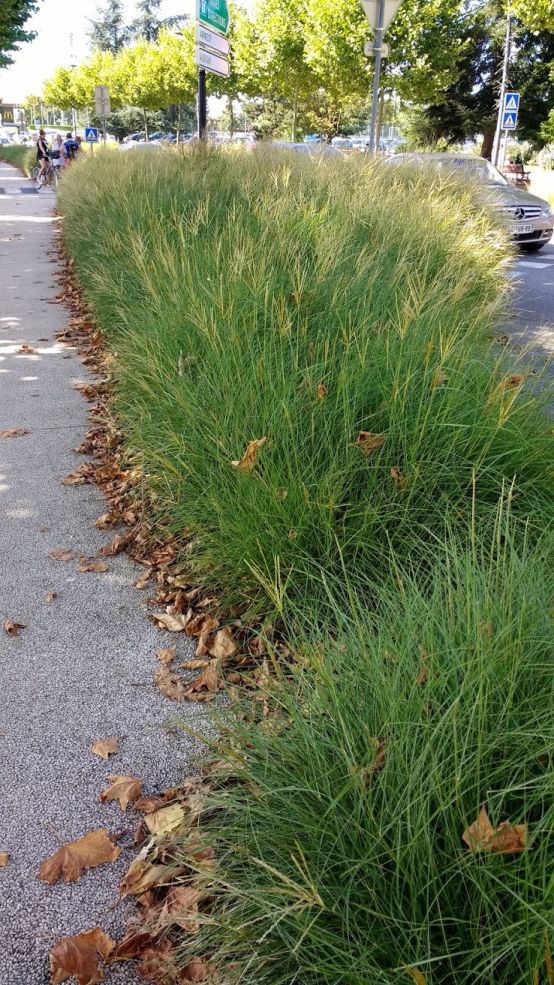
A line of grasses forming a soft edge to a cycle path illustrates how a simple monoculture can create a gentle boundary that feels natural yet intentional. This approach uses a single plant type to establish a soft, flowing line, which guides movement along the path while blending seamlessly with the surrounding landscape. Such minimalist plantings offer a restrained elegance that both complements the path and enhances the natural setting.
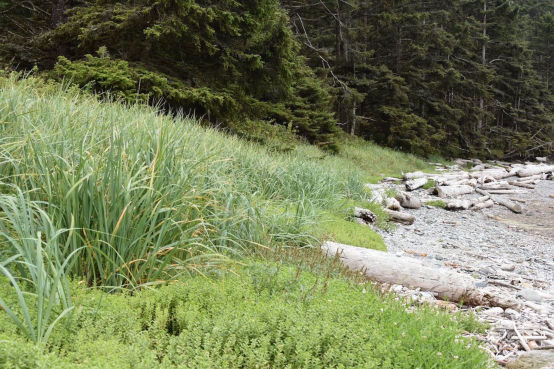
Flood debris and layered planting aligned by the tide create a subtle regularity and repeating form in an otherwise wild place. This natural alignment brings a sense of quiet rhythm to the landscape, demonstrating how nature’s forces can impose a gentle structure amid the ruggedness. Such patterns can inspire garden designs that incorporate natural repetitions, blending order and wildness in a harmonious way.
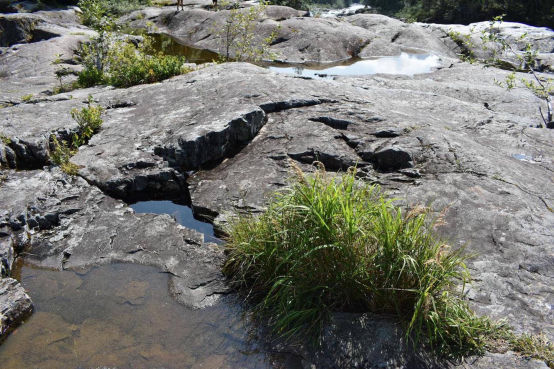
Planting pockets and water pools on a rock slab demonstrate how interconnecting pools and clusters of vegetation can be recreated in a private garden. This setup not only supports local wildlife by providing habitats and water sources but also encourages children to engage with the outside world. By mimicking these natural formations, gardens can become both ecologically beneficial and inviting for family activities, helping children develop a deeper connection to nature.
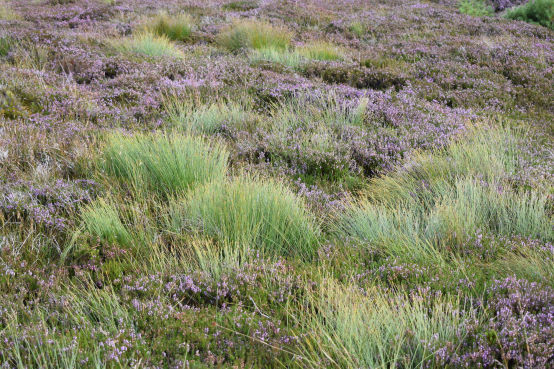
Grasses dotted through heathers illustrate how one plant can unify a landscape, creating a cohesive look while allowing for natural diversity. This approach can directly inspire planting designs where a dominant plant anchors the scheme, with complementary species adding texture and visual interest.
